
Barley mix boasts two per cent higher yield than average
A varietal mix trial conducted by Agriculture Canada researchers shows the benefits of crop diversity
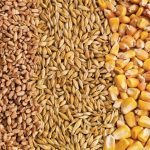
Feed Grain Weekly: Buyers holding off from making purchases
Weak demand stems from shortage of replacement cattle
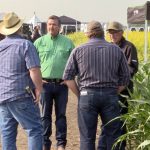
Interest in biological crop inputs continues to grow
Nutrien exec shares thoughts on uptake and profitability of biological crop inputs
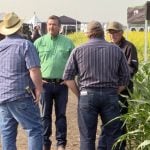
Interest in biological crop inputs continues to grow
Nutrien exec shares thoughts on uptake and profitability of biological crop inputs
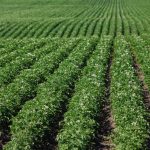
Alberta Crop Report: Rains in the south, dryness in the north
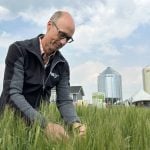
VIDEO: Cereal drought tolerant ratings hard to compile
Farmers rely on anecdotal information to select drought hardy varieties
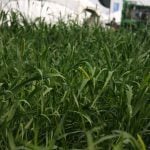
Ag in Motion shows four barley varieties on a single plot
Agriculture and Agri-Food Canada researcher shares feed crop trial at Ag In Motion 2025

Feed Grain Weekly: Prices in a slow decline
Seasonal weakness, rains pressure barley

Stripe rust confirmed in Alberta fields
Farmers are encouraged to scout their fields for stripe rust disease so that they know if fungicide applications are warranted

Barley, oats sustainability quantified by study
One tonne of oats produced in Saskatchewan has a carbon footprint 201 per cent lower than that produced across the country





